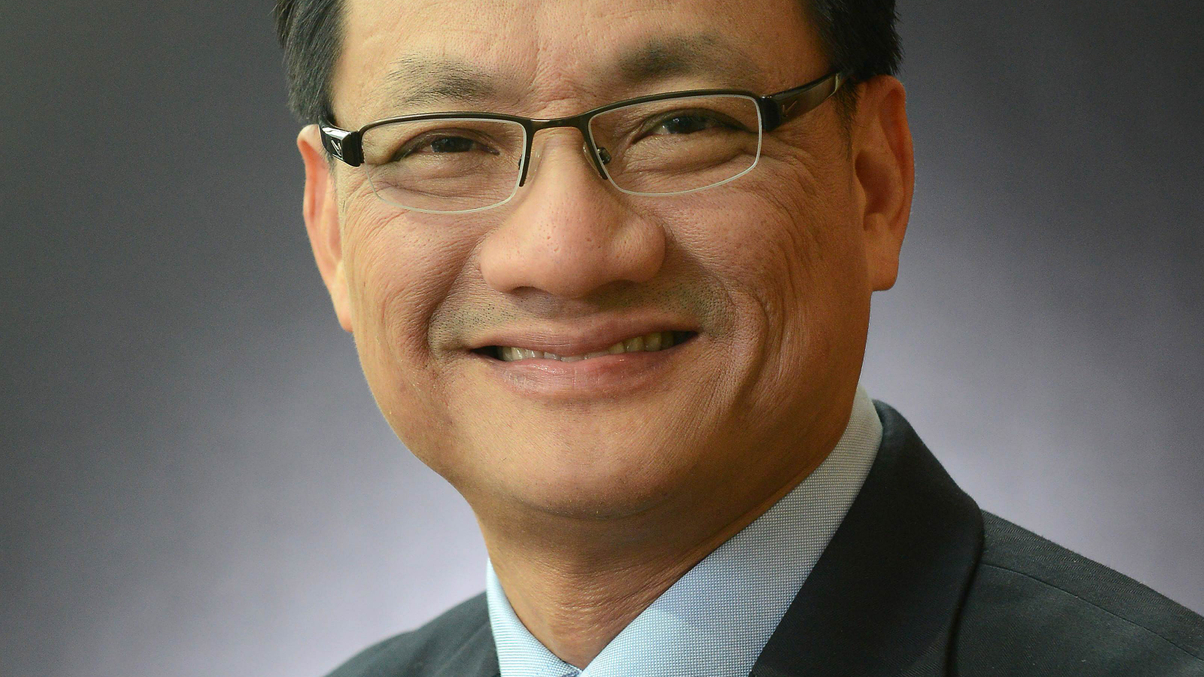How Bank of Singapore selects products
Hou Wey Fook, head of managed investment solutions at the private bank, outlines how his team incorporates active and passive funds in client portfolios, and its use of consultants.

Bank of Singapore was formed after Singaore's OCBC acquired ING Asia Private Bank in January 2010, merged it with its own private banking operations and renamed the combined entity.
Sign In to Your Account
Access Exclusive AsianInvestor Content!
Please sign in to your subscription to unlock full access to our premium AI resources.
Free Registration & 7-Day Trial
Register now to enjoy a 7-day free trial—no registration fees required. Click the link to get started.
Note: This free trial is a one-time offer.
¬ Haymarket Media Limited. All rights reserved.


